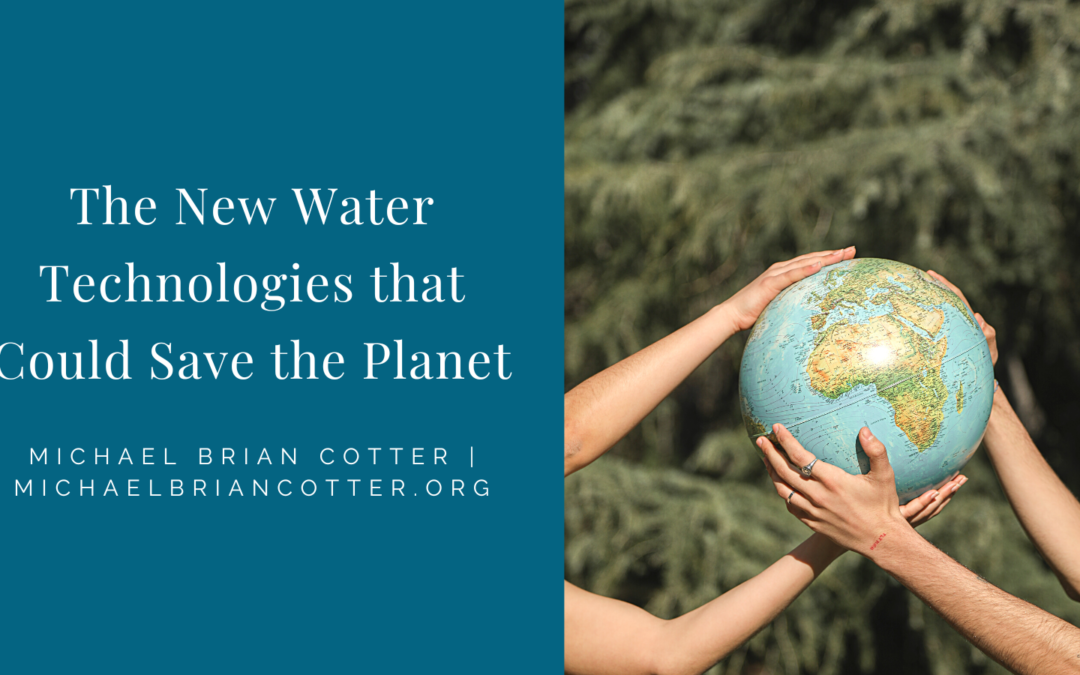As we continue throughout the years, we’re naturally finding more ways to access fresh, clean water. We’re a long way from the invention of the well, dating back to over 10,000 years ago. As technology advances in society, it’s only natural that technology also advances in places where it’s needed, such as water supply. As our population grows, more pressure is being placed on readily available limited water resources. This is where water technology comes in to save the day.
Nanotechnology in filtration
Unfortunately, over 1.6 million people worldwide die every year from diarrhoeal diseases that stem from not having access to clean and safe drinking water. Thankfully, the invention of nanotechnology has become a tried and true solution regarding water purification. Nanotechnology in the water can remove microbes, bacteria, and other harmful matter through composite nanoparticles. These nanoparticles emit silver ions, destroying any contaminants in the water.
Smart monitoring
An estimated 45m cubic meters of water are lost in developing countries alone every day. Leaks are a costly detriment to the companies but can also increase the pressure put on water resources. Not only that, but it can also increase the unfortunate likelihood of pollutants in the water as well. This is where monitoring technology comes in. Smart monitoring uses electronic pressure and acoustic sensors that are connected wirelessly to a cloud system. By using these monitoring devices to detect and pinpoint where leaks are coming from, companies can work on fixing the leak in record time, leading to less water lost.
Intelligent irrigation
The agricultural industry uses approximately 70% of the world’s freshwater. With our advancing technology, one of the ways that we can figure out how to conserve water is to make a more precise irrigation system that has a better approach to water management. Through the use of computer models and algorithms, intelligent irrigation systems have been shown to bring several benefits to people in developing countries.
Wastewater Processing
Sewage is, surprisingly, an important area that often goes unnoticed. Even people living in more advanced countries don’t have accurate sewage treatment systems, so the wastewater that is used is discarded into rivers, estuaries, or used as irrigation water. However, as technology evolves, there are beginning to be more opportunities to transform the previously discarded wastewater into a source of drinking water. Things such as modular hybrid activated sludge digesters remove nutrients from wastewater and are used as fertilizer.
